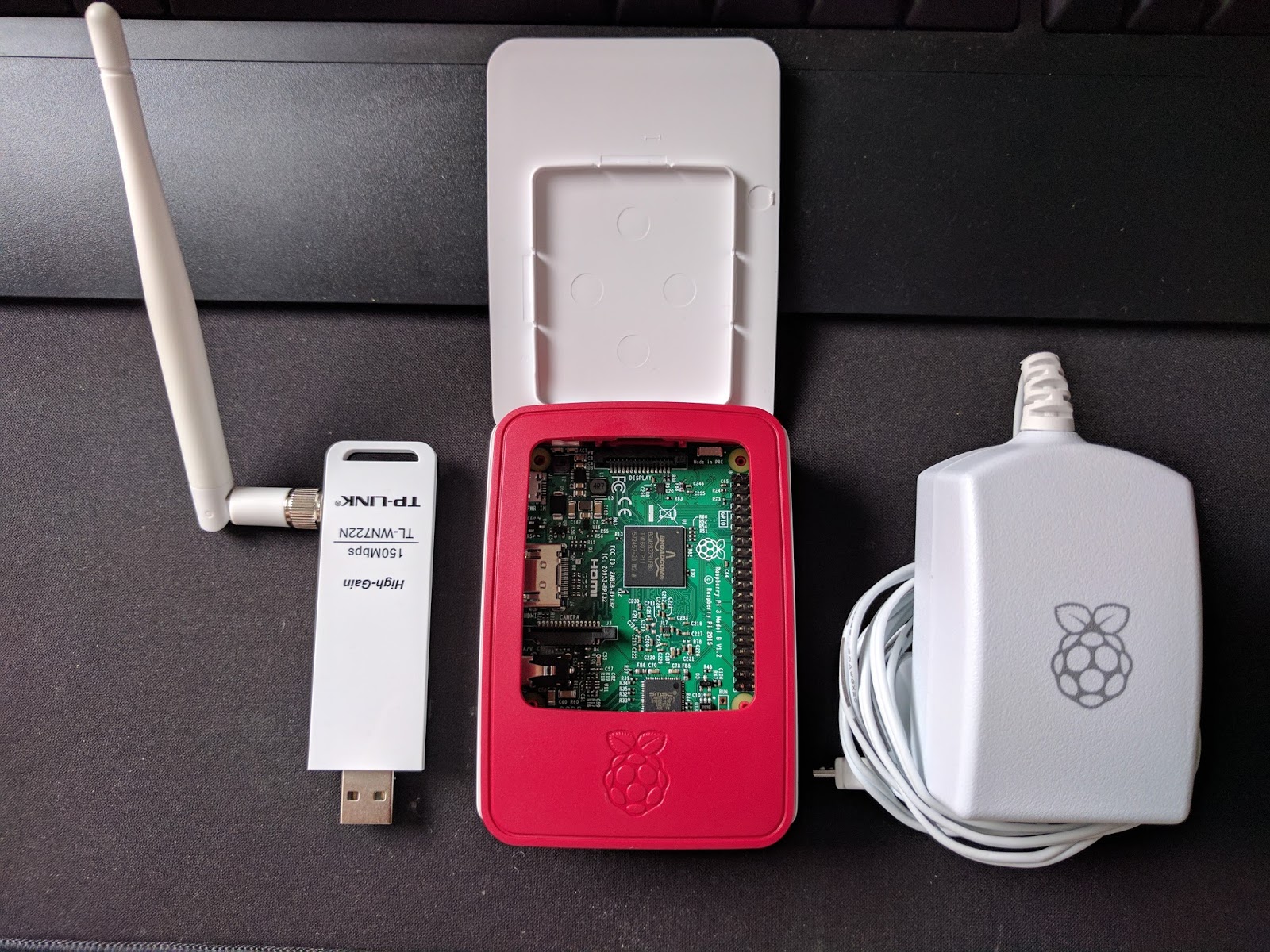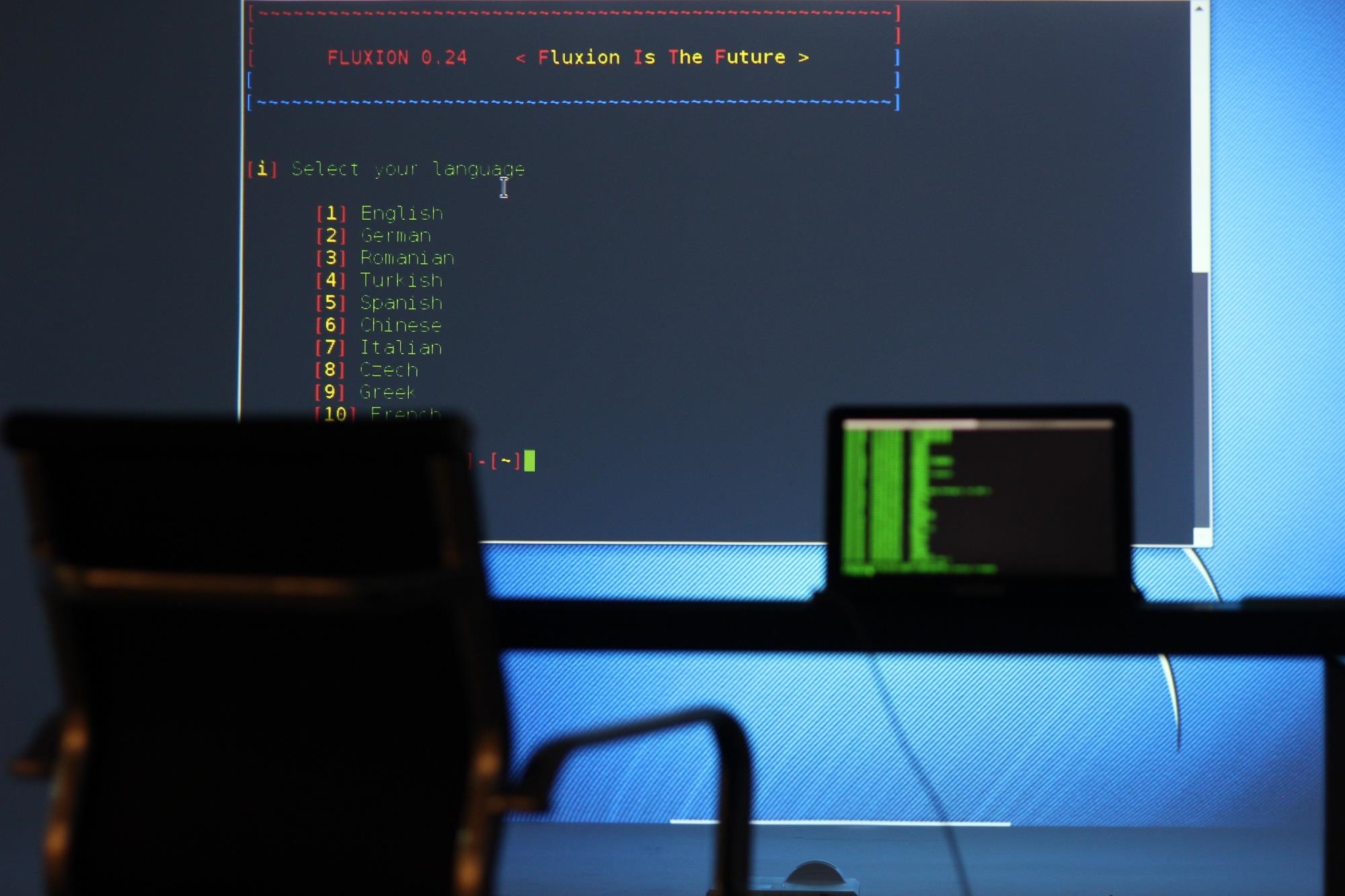
- #Raspberry pi kali linux install
- #Raspberry pi kali linux update
- #Raspberry pi kali linux software
- #Raspberry pi kali linux password
- #Raspberry pi kali linux Bluetooth
The GUI interface is functional, but it is too slow to be practical on the Pi Zero W. On reboot, it should boot up to the graphical desktop:
#Raspberry pi kali linux install
#Raspberry pi kali linux password
To change the root password just use the “ passwd” command. This and the root password needs to be changed.Ĭhanging the SSH host keys can be accomplished by doing the following: According to the official Kali documents, SSH keys on ALL arm images are pre-configured with the same keys. Since it has wireless built in, we can run the Pi “headless” and connect to it via SSH. It works best if you run the Kali tools from the command line on the Pi. Some of the package installs can take a very long time to finish. Several tools have questions about running as root, or specific tool options, just answer the questions as they appear. So, if we wanted to install the Kali Wireless tool package, we would use: To install any of the tool packages, just use “apt-get install” with the package name. The top10 contains the top 10 most commonly used tools (like Aircrack-NG, BurpSuite, Wireshark, etc.) The tool definitions also include the tool package size, so this too helps you gauge if you have room on your memory card for them or not. These packages should be self-explanatory by name. These are called “metapackages”.Ĭontents of the Metapackages are explained on the Kali Metapackages website. You can install any tools that you wish with the apt-get install command, but Kali has collections of tools, bundled by topic, that you can install. This way you can custom tailor your Pi without bogging it down with possibly unnecessary software. Installing MetapackagesĪs mentioned earlier, the Pi Kali image only has a few tools installed by default. Go take a break, this can take a long time.
#Raspberry pi kali linux update
You can do so from the command prompt by typing, “ reboot“.Īfter reboot, it is a good idea to update the Kali install:

We will need to add our Wi-Fi settings to the interfaces file located at “ /etc/network/interfaces”.
#Raspberry pi kali linux software
Next, let’s connect to a Wi-Fi network so we can update the software and pull down the tools. When the process is complete, insert the memory card into the Pi, connect keyboard, mouse, video and then power it up.Īt the Login prompt enter “ root” for the user name and “ toor” for the password.Ĭongratulations, you have just installed Kali Linux on a Raspberry Pi! Setup Wi-Fi When writing the image, make sure you have your microSD card selected as your target, before you click “Flash!”


To begin we will need to download the Kali Linux image for the Pi Zero W and write it to the microSD card. Pi Zero W uses a micro USB port, so you will most likely need an adapter and a USB hub for your keyboard & mouse.MicroSD Memory Card (I used a 32GB card).You install the tool packages or individual tools that you want.Īll right, enough intro, let’s get to it! This is on purpose to make the Kali Pi image as sleek as possible. Also, only a handful of tools are installed on the base image. The Kali image for the Pi boots to a command prompt, there isn’t a GUI installed by default. Using Kali on a Pi is a little more involved than running it on a regular PC. There are other, possibly better solutions for Kali on the Pi that we will look at in the next article.
#Raspberry pi kali linux Bluetooth
In this post we will cover downloading and installing Kali Linux on a Pi Zero W.įirst some notes – Though the Pi Zero W has onboard Wi-Fi & Bluetooth, on the current Kali Pi Image, Bluetooth doesn’t seem functional and the Pi Zero W Wi-Fi chipset doesn’t seem to support monitoring mode. Installing Kali on it makes it an interesting choice for certain security uses, especially for penetration testers and red team security groups. The latest Pi Zero W is smaller than the Pi 3, and is about the size of a stick of gum. Kali Linux has over 600 computer security tools, and can run on a Pi. The Raspberry Pi is a great project board, but it can also run operating systems. In this article we will cover installing it on the $10 Raspberry Pi Zero platform.

Kali Linux is one of the most feature rich, advanced penetration testing Linux distributions available.


 0 kommentar(er)
0 kommentar(er)
